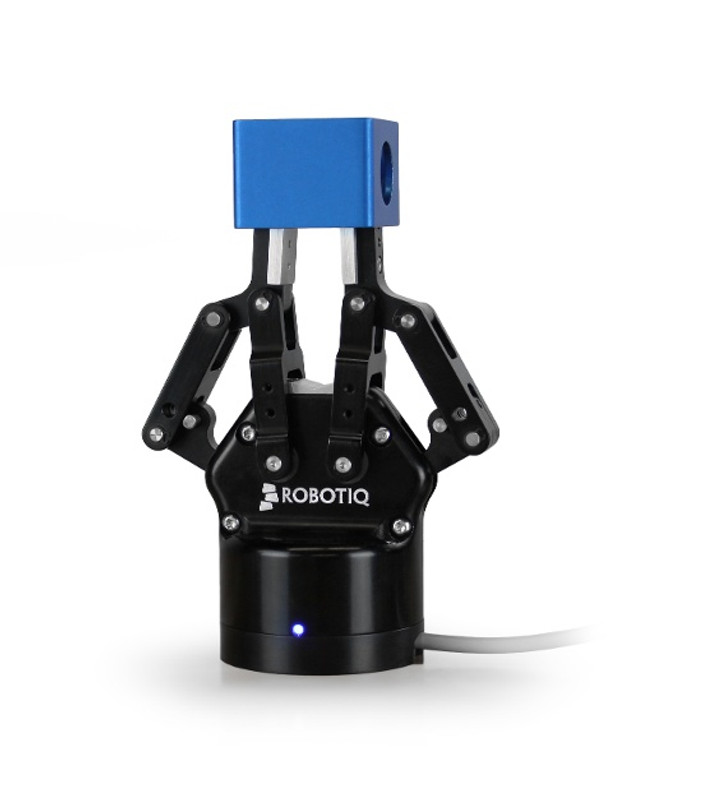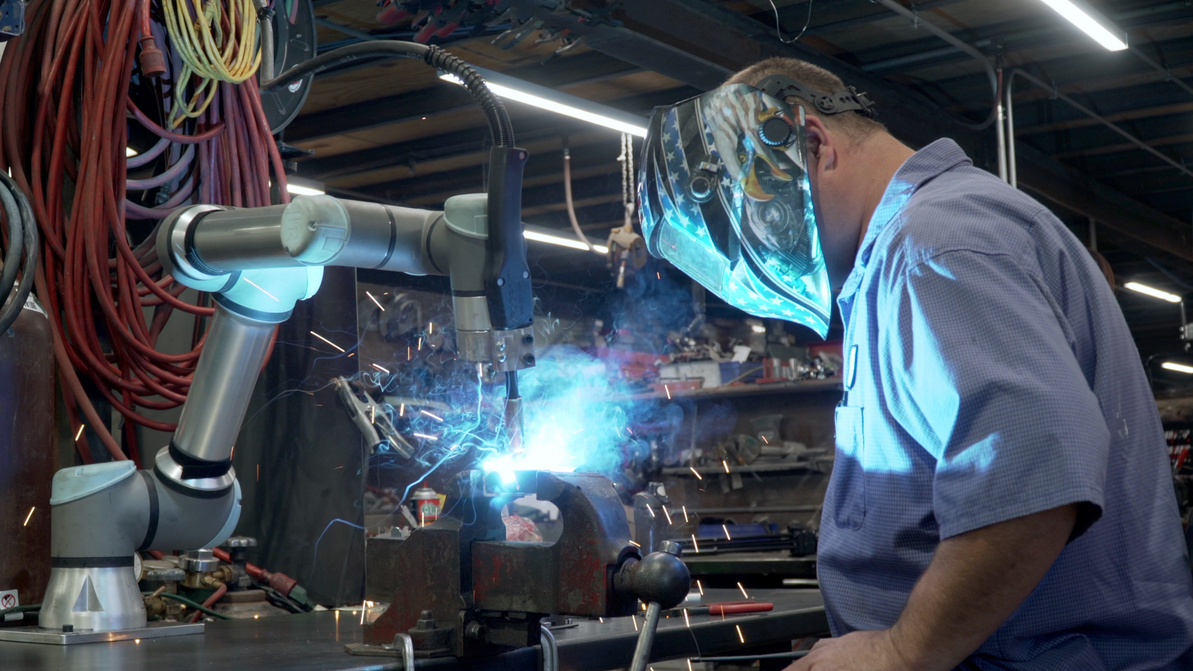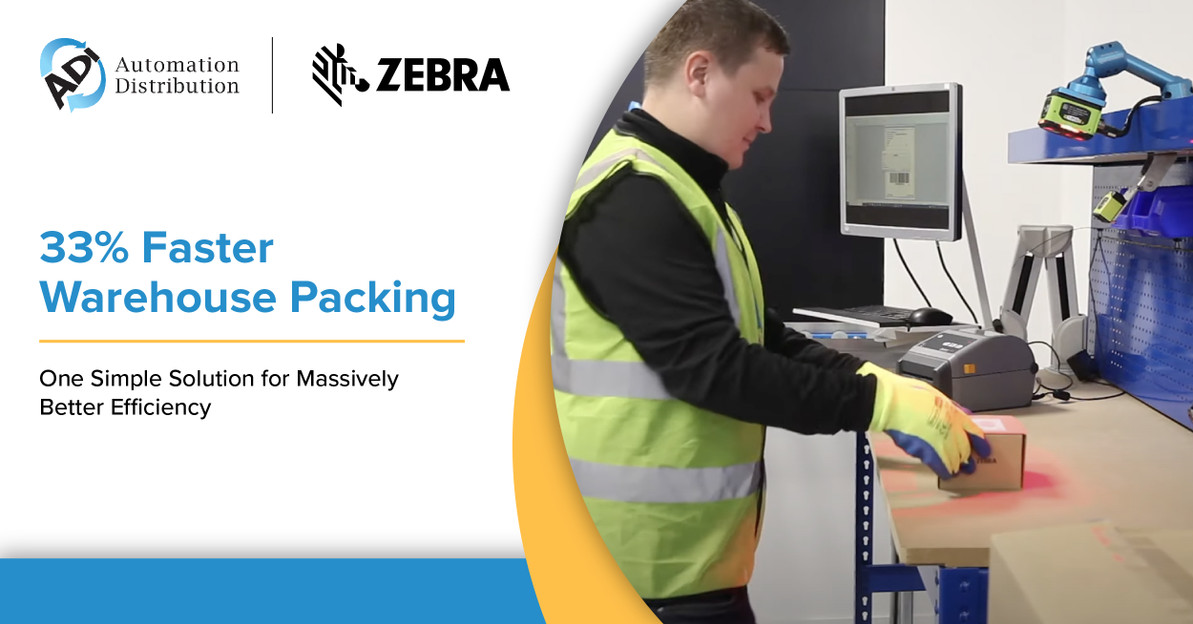Improve Object Pick-up with Sensors
When implementing a collaborative robot in a pick and place application, additional sensors can yield huge benefits. There are a myriad of ways to do this, each with its own level of complexity and cost. Let’s explore some options.
Fixturing – No Sensor Required
This method is tried and true. The biggest advantage to this option is its low cost, low tech approach. It requires little to no training but fixtures can be expensive and lack flexibility.
In-Built Part Detection
Before adding more sensors, be sure to evaluate the complete capability of the sensors which are already built into your existing equipment. The Robotiq grippers, for example, are equipped with an object detection feature. In some applications, additional sensors may be required if detecting an object’s position is required.
Part Detection Sensors
Commonly used in automated factories, these sensors are used to detect the position of an object in a particular area. Options for this type of sensor vary widely in flexibility and cost. Some part detection sensors will allow for the detection of color and label reading, not just existence. More complicated sensors can detect distance, shape, color and orientation using technologies ranging from ultrasound, laser, and photoelectrics.
Vision Sensors
The most advanced of the part-detection sensors is the vision sensor, such as the Robotiq Wrist Camera. Vision sensors are a fixed digital camera that captures data as objects pass through a specified area. Vision camera sensors allow for the collaborative robot to handle different parts minus the reprogramming that would be required with the methods above.
Now that you have an introduction to different types of collaborative robot sensors, download this e-book to help you determine which sensor is best for your application or fill out a custom assembly design request.
Recent Posts
-
Using Scan Tunnels to Track, Sort and Route Warehouse Packages
If you’re using conveyor lines to move products, packages and shipments through your warehouse, the …Apr 17th 2024 -
Embracing Collaboration: How Universal Robots Transformed DeAngelo Marine Exhaust
When the welding robots made their debut at DeAngelo Marine Exhaust, there was a mix of excitem …Apr 11th 2024 -
How to Speed Up Your Warehouse Packing by 33% with Machine Vision
Packing benches are some of the busiest areas of most warehouses, with thousands of items to pack i …Apr 4th 2024




